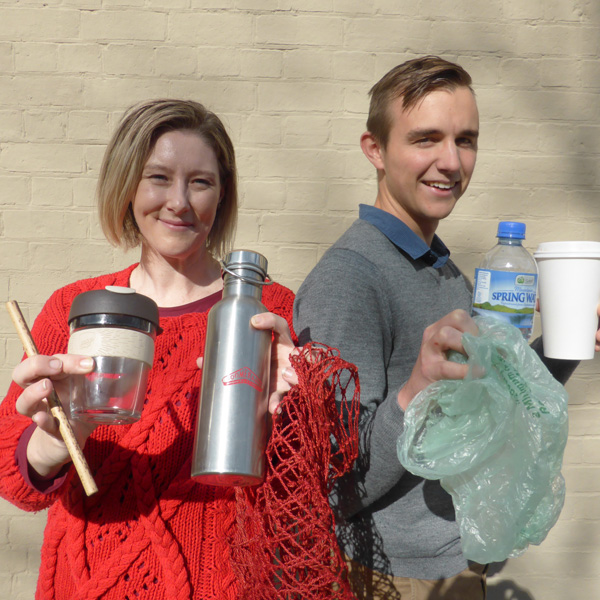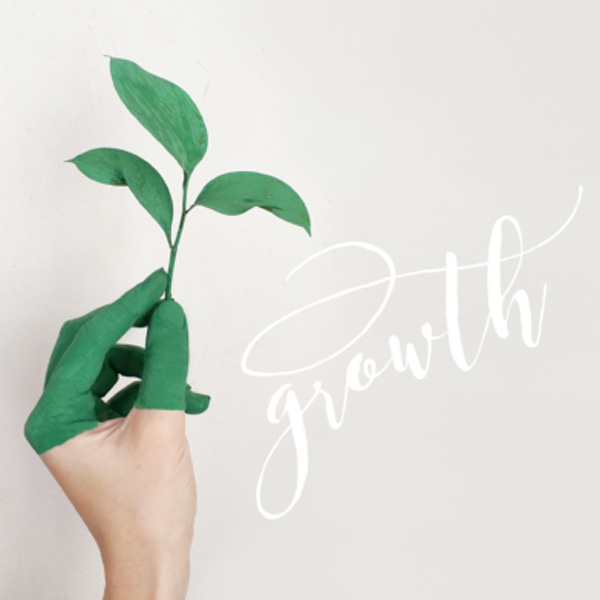 Do you ever have those days (and weeks) at work where you feel like you’re treading water and getting nowhere?
Do you ever have those days (and weeks) at work where you feel like you’re treading water and getting nowhere?
You set out with good intentions, but you get side-tracked with distraction after distraction, and by days’ end your to-do-list is even longer than when you started……
We get it. Being productive at work is a universal challenge. And believe us, procrastination visits here often.
But thankfully there are plenty of ways we can all increase our productive flow and get back to the important business of getting stuff done in the workplace!
Here are just 5 simple tips that do the trick for us:
1. Set small goals
Do you often find yourself staring despairingly at a to-do list that runs across pages and pages of a notepad? You’re not alone.
As working women with young families, we too know what it’s like to have full calendars of business, sporting, community and social commitments. The logistics of keeping your head around all the competing demands on your time can be overwhelming, and the best way to get that stuff out of our heads is to put it down in a list on paper – lots of paper.
But the problem with working from a monster list like that is you can NEVER get to the bottom of it and you often wind up feeling like you’ve achieved nothing at the end of the day – which is when the negative self-talk can creep in.
Here’s how we avoid falling into that trap.
Instead of working from your monster (let’s call it ‘master’) list each day, and feeling like a failure at 5pm when you discover you’ve added more new tasks than you’ve completed, have a go at this.
Each new working day, create a separate ‘daily list’ to which you add the three most important tasks from your master list. Now work from that list instead, and if you get through each of the tasks before the day is out, grab another job from your master list, and work towards completing that too. We promise by days’ end you’ll feel so much more productive because you’ll actually reach the bottom of the list.
2. Plan ahead
If you rock up to work without a plan, the chances are you’re going to start your day directionless, wasting precious hours deciding what to do with your time first.
Before you clock off for the day, our tip is to spend five or ten minutes planning your next working day, even breaking it down in to one hour blocks if it helps. Jot your plan down on a fresh page and leave it front and centre at your work station so that the moment you sit down to work the following day, you have a clear strategy for what needs to happen, and you are ready to roll from the get-go.
3. Limit distractions
In this constantly connected, fast-paced, digital age in which we all live and work, the distractions are relentless. And if we let them have their way with us, they will.
We are constantly interrupted by that addictive ‘ping’ signalling a new email, text message, social media notification, newsflash or phonecall. And when our phones and computers aren’t pinging, we’re busy checking them anyway, refreshing the page just to double check that we haven’t missed an update. Seriously it’s a miracle anyone gets anything done!
For us, the best way to limit distractions is to turn them off and put them well out of sight. Sounds simple in theory doesn’t it. But in reality, it’s not.
That’s why we love using the Forrest app, which is designed to help you stay away from your smartphone and stay focused on your work in a fun way. Whenever you want to focus on your work, you plant a tree. The tree grows in the time frame you set, and it dies if you try to use your phone for anything else during that time. Neat huh!
Unfortunately though, the Forrest app doesn’t stop you from sneakily wandering away from the task at hand to check your emails on the computer. We know this, because we do it sometimes.
So our tip there is to completely shut down your emails when you’re trying to focus on a particular piece of work.
What we find works well is to set certain periods during the working day (usually 10-20 minutes) where we ‘intentionally’ spend time tending to our inbox, responding to emails, and liaising with clients. When the time is up (again you can use the Forrest App to keep you on track), we shut the email down and get back to the real work. For us it works well to schedule email time in the morning, noon and afternoon, but do whatever fits best for you.
Some people recommend not accessing your email at all until lunchtime, which frees you up to focus on your own work for the entire morning without being bogged down by the demands of others on your time (which is essentially what most messages in your email inbox are – people working through their own to-do-lists with their own deadlines and agendas). We’ve tried this in the past, and it really does work – so test it out and see how you go.
4. Embrace the tools
There are so many great apps and tools out there (many of which are free) that can help you remain focused on your work and support you to really power through your to-do-list.
At The Splendid Word, we are a team of freelancers, and we all work individually from our own homes, so we find project management tools like Trello and Asana to be tremendously helpful. Both programs are free, and in our experience, they help us to work more collaboratively and to get more done. Trello works like a huge whiteboard, with cards and lists that allow you to organise and prioritise your projects in a fun, flexible and productive way. Similarly Asana helps you to set priorities and deadlines, share details of projects and assign tasks to team members all in the one place. With both programs you can follow projects and tasks through every stage of the game and keep everyone aligned on the goals to ensure you hit those all important deadlines.
We also love using Google Drive for sharing and editing documents, Google Calendar for sharing our weekly work plans and meetings, and Dropbox for sharing photographs for social media clients and other projects.
5. Celebrate the wins
The key thing to remember and to acknowledge is that not every day will be perfectly productive, so try to cut yourself some slack when things don’t go to plan.
When those days do strike (and they will), try not to wipe the whole week off. Take some time to plan ahead for the next day, set yourself some realistic goals and try again!
If you want to hear more about how we get stuff done at work and about other tools that have worked for us, be sure to tune in to this week’s Spreading The Good Stuff podcast episode where we dive a little deeper in to the issue and explore some of our biggest productivity challenges and triumphs.
Until next time, good luck mastering those distractions!
X Lee
#spreadingthegoodstuff



